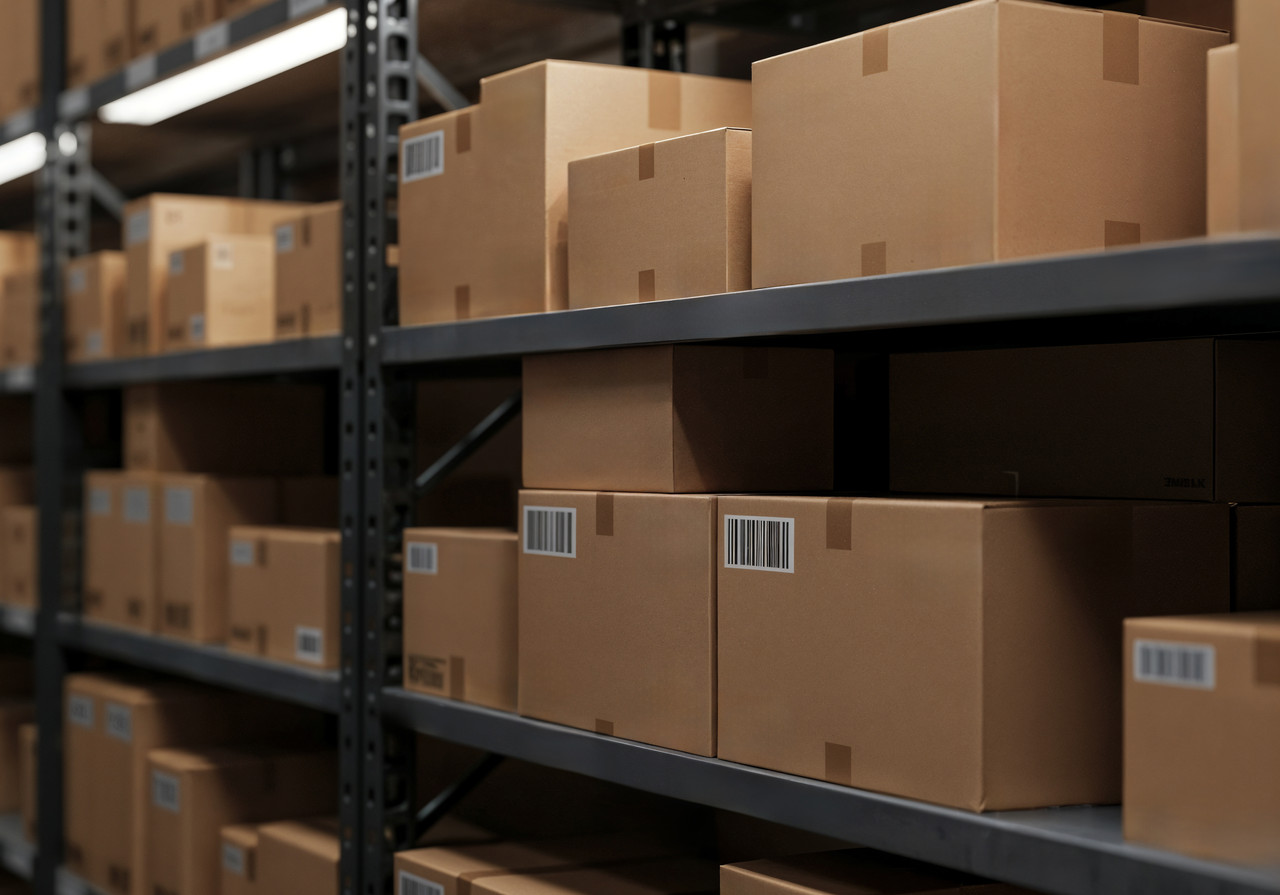
Assessing Your Warehouse Risks
Begin by evaluating the specific risks your warehouse faces. Look at factors like the site, stored products, doors and gates, and personnel. Warehouses with expensive goods, isolated sites, or many access points may need sophisticated security. A detailed risk evaluation ensures focused security spending and eliminates vulnerabilities.
Strengthening Physical Security
Physical barriers are the foundation of warehouse protection. Robust gates, locks, and controlled entrances reduce intrusion risk. Use durable locks, secure gates, and sturdy doors to restrict access. Adequate lighting around the perimeter also acts as a deterrent, reducing the likelihood of criminal activity during night hours.
Warehouse Security Tech Solutions
Technology plays a major role in securing warehouses. Cameras, alarms, and sensors are essential for monitoring. Cameras should cover key areas such as loading docks, storage sections, and entry points. Smart surveillance with AI can spot anomalies and trigger immediate alerts.
Access Control and Employee Management
Employee and visitor management is critical for safety. Use access cards, badges, or fingerprint scanners to monitor staff. Regularly update permissions and monitor activity logs to detect anomalies. Educate your team on security rules and encourage reporting of unusual incidents.
Monitoring and Response
The success of warehouse security depends on monitoring and rapid intervention. Real-time monitoring can prevent incidents from escalating. Trained agents can check alerts, contact authorities, and intervene when necessary. Technology plus human supervision forms a strong, proactive security approach.
Working with Security Experts
Professional security partners can enhance your warehouse safety. Consider Eagle Vision Security ([eaglevisionsecurity.com](https://eaglevisionsecurity.com)) for expert monitoring and customized warehouse security. Their expertise can help you implement a reliable, scalable security system that protects your assets 24/7.